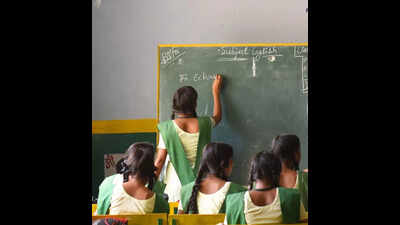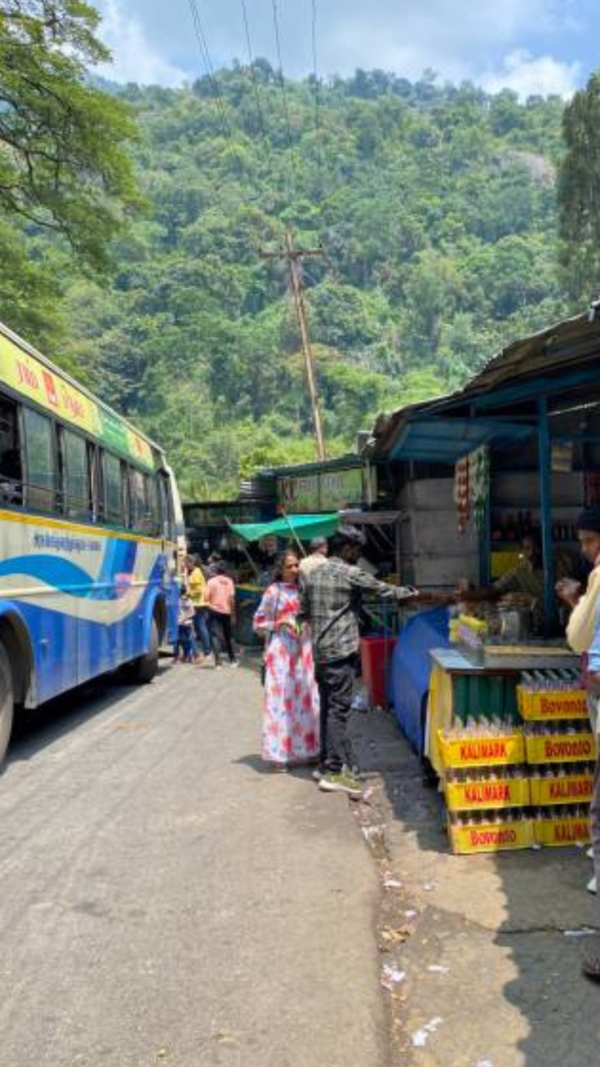- News
- City News
- lucknow News
- Begum Who Worked Tirelessly For Girl Education
Trending
Begum Who Worked Tirelessly For Girl Education
On this Women's Day, one must recall the contribution of Nawab Sultan Jahan Begum, who played a stellar role in educating girls in an era when they were restricted within four walls of the house and sending them to schools was few and far between.
Raised up under the disciplined supervision of her grandmother and educated by some expert teachers, Nawab Sultan Jahan Begum grew into a sensible and successful ruler of Bhopal. Soon after ascending the throne, she brought some major changes in the system which resulted in more positive governance and the revenue of the state increased greatly. Begum was a promoter of education and technology. In 1891, she granted Rs 12,000 to Sir Syed Ahmad Khan for the cause of education, which was, only, the beginning of her constant support towards the establishment of the Aligarh Muslim University. She was bestowed with the position of Chancellor of the University. This moment was exceptional because it was for the first time that a university had a ‘female chancellor'.
Even before her association with the AMU, Begum had been tirelessly working for educating the girl children of her ‘riyasat'. She faced many challenges in this but didn't lose heart. Initially, two schools were started. The situation was not encouraging, people preferred teaching their girls at home and that too religious education only. Though some women knew the Persian language, yet, the main trend was to teach the girls at home only. Even the government schools didn't have any proper arrangements for formal education of girls. These and many other reasons motivated Begum Sultan Jahan to start new schools and upgrade the existing ones. So, she started ‘Sultaniya School'. She reformed the administrative systems and improved the conditions of the existing two schools: Madrassa Bilqisia and Madrassa Victoria. She added English (till middle school), Urdu, Arithmetic, Home Science and Crafts in the syllabus of Madrassa Victoria. This school was for the underprivileged girls only. Therefore, all the expenses of education were borne by the ‘Riyasat-e-Bhopal'. However, in Madrassa Bilqisia, along with the education of Urdu, the students were taught about gardening also.
Madrassa Sultania had the facilities of an ambulance and first aid. Soon, it took the form of a separate section, devoted entirely to the teaching and ‘learning of medicine and nursing'. She had also established ‘Barjeesiya Kanya Paathshala'. In 1919, she passed a law making girl education mandatory.
She had established the All India Ladies Association, where along with other activities, women were trained to make handicrafts which were later sold in the market.
The Nawab Sultan Jahan Begum Educational Endowment Trust is still functioning for the betterment of the society.
(The writer is a faculty at Aligarh Muslim University)
Get the latest lifestyle updates on Times of India, along with Women's Day wishes, messages and quotes !
End of Article
FOLLOW US ON SOCIAL MEDIA













